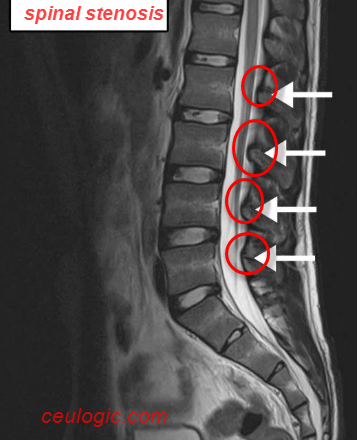Course Guidelines
Guidelines for Taking Online Courses on CEULogic.com
-
1
Read Carefully Before You Begin
Review the course description, objectives, requirements, and approved states before enrollment to ensure it meets your licensing standards.
-
2
State Approval Notice
If your state is not listed as approved for this course, please do not enroll. Credit cannot be issued in non-approved states.
-
3
Course Completion Requirement
All materials, posttests, and evaluations must be completed before the course expiration date. Expired courses cannot be reopened or credited.
-
4
Passing Score
A minimum score of 70% is required to pass the posttest. You may retake the test up to five (5) times unless otherwise stated.
-
5
Mandatory Course Evaluation
Completion of the evaluation is required by regulation. Certificates will not be issued until the evaluation is submitted.
-
6
Certificate of Completion
After passing the posttest and submitting the evaluation, your certificate will be available immediately for download or printing.
-
7
Accuracy of Information
Ensure your name, license number, and other details are correct on your certificate. CEULogic is not responsible for user-provided errors.
-
8
Privacy & Security
We protect your personal information and use it only for course records and required reporting. CEULogic complies with applicable data-privacy laws.
-
9
Support & Contact
Questions or need assistance? Email us at info@ceulogic.com. We’re here to help.
-
10
Compliance Reminder
Enrollment implies agreement to these guidelines. Credit is contingent on meeting all requirements above.
Course Outline
Course Outline
-
Module 1: Introduction and Pathophysiology of Spinal Stenosis
-
Epidemiology and Clinical Significance
-
Anatomy and Pathoanatomy of the Stenotic Spine
-
Classification Systems: Central, Lateral, and Foraminal Stenosis
-
Neurogenic Claudication vs. Vascular Claudication: The Critical Differentiation
-
-
Module 2: Clinical Diagnosis and Differential Diagnosis
-
Patient History: Key Interview Questions and Symptom Mapping
-
Physical Therapy Examination: Subjective and Objective Measures
-
Diagnostic Imaging: Interpretation and Correlation with Clinical Findings
-
Outcome Measures and Functional Assessment Tools
-
-
Module 3: Evidence-Based Therapeutic Management
-
The Biopsychosocial Model in Lumbar Spinal Stenosis (LSS)
-
Core Principles: Flexion-Based Strategies and Centralization
-
Exercise Prescription: Strength, Flexibility, and Neuromotor Control
-
Manual Therapy and Modalities: Evidence and Application
-
Body Weight-Supported Treadmill Training (BWSTT) and Gait Retraining
-
-
Module 4: Occupational Therapy Interventions for Functional Independence
-
Activity Modification and Energy Conservation Techniques
-
Adaptive Equipment and Assistive Technology
-
Home and Work Environment Assessments
-
Pain Management and Cognitive-Behavioral Strategies
-
-
Module 5: Interdisciplinary Management and Surgical Considerations
-
Medical Management: Injections and Pharmacotherapy
-
Surgical Interventions: Decompression, Fusion, and Interspinous Spacers
-
Comparing Outcomes: Therapy vs. Surgery (Review of Key Trials)
-
The Role of Pre-Habilitation (Prehab) and Post-Surgical Rehabilitation
-
-
Module 6: Case Studies and Clinical Integration
-
Case Study 1: Conservative Management of Mild-Moderate LSS
-
Case Study 2: Multimodal Management of Severe LSS with Comorbidities
-
Case Study 3: Post-Surgical Rehabilitation Following Decompression
-
Case Study 4: The Chronic Pain Patient with Central Sensitization
-
-
Course Post-Test & Evaluation
Course Objectives
Course Objectives
Upon successful completion of this course, the participant will be able to:
-
Differentiate between the pathoanatomical subtypes of spinal stenosis and their corresponding clinical presentations.
-
Accurately perform a differential diagnosis to distinguish neurogenic claudication from vascular claudication and other mimicking conditions.
-
Select and interpret appropriate patient-reported outcome measures (PROMs) and physical performance measures for individuals with spinal stenosis.
-
Design and implement an evidence-based, multimodal physical therapy plan of care centered on flexion-based exercises, neuromuscular re-education, and functional training.
-
Integrate occupational therapy interventions, including activity modification, energy conservation, and adaptive strategies, to enhance participation in daily activities.
-
Critically appraise the current evidence comparing the long-term outcomes of surgical versus non-surgical management for lumbar spinal stenosis.
-
Develop comprehensive rehabilitation protocols for patients both pre-operatively and post-operatively.
-
Apply clinical reasoning skills to complex case scenarios involving comorbidities and chronic pain.

